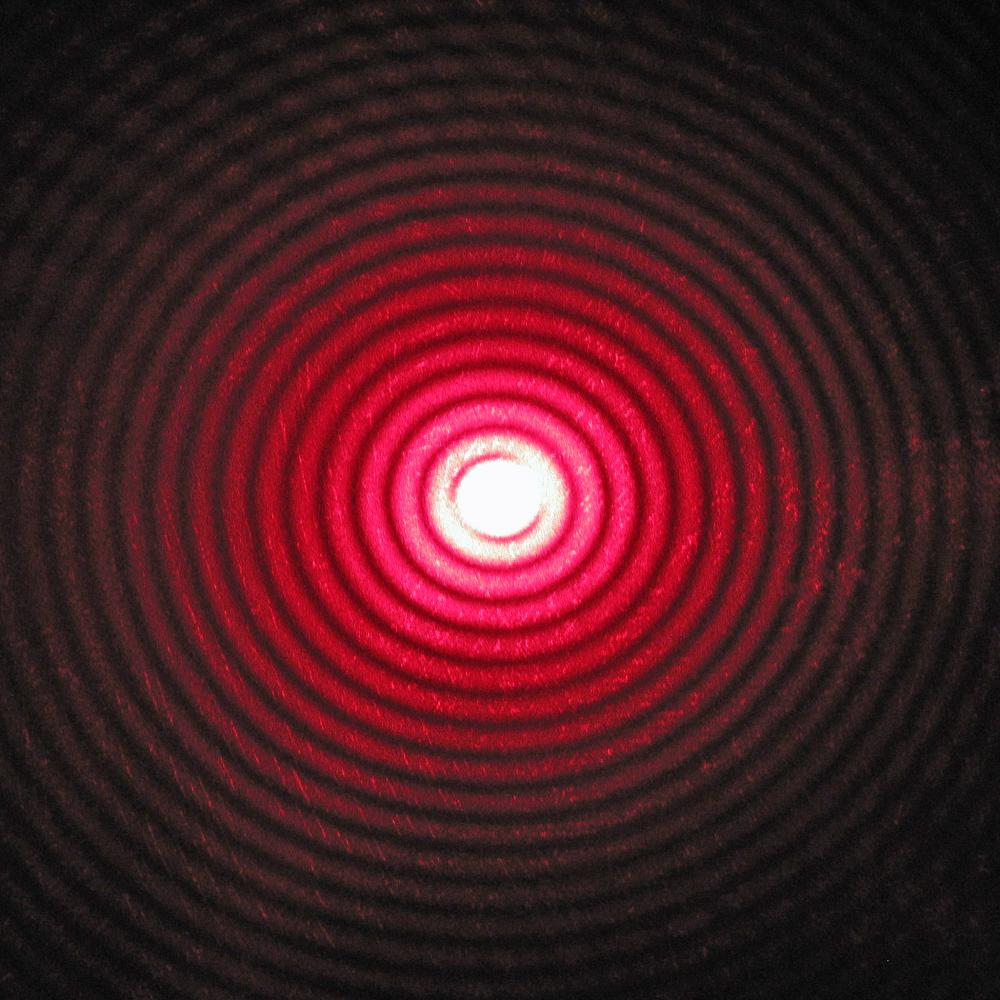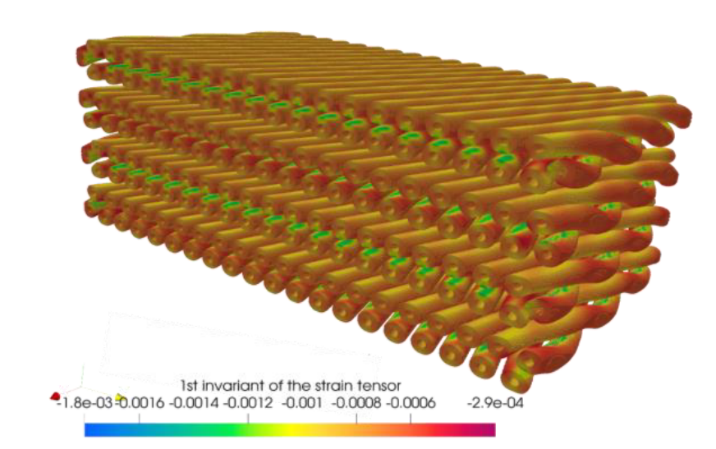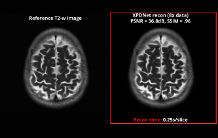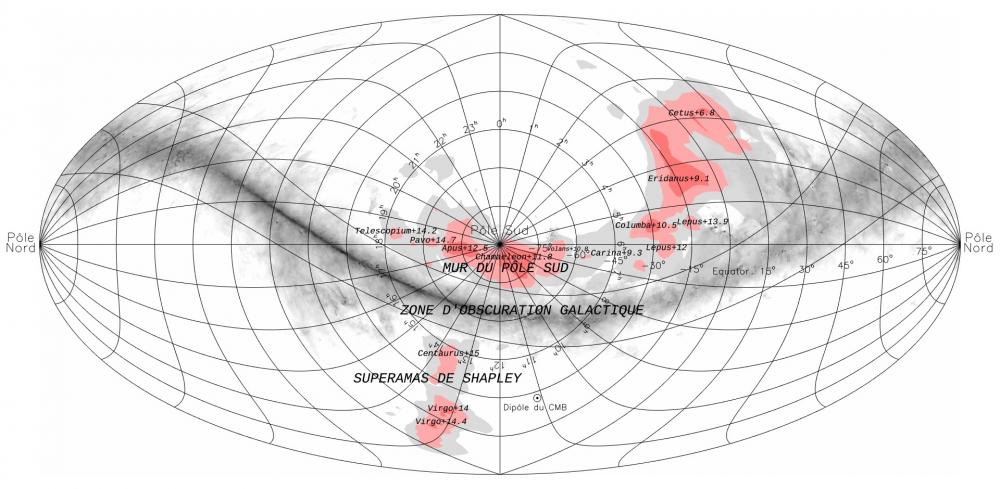A scientist from IRFU published an article in the Physical Review A presenting a diffraction model based on the concept of quantum measurement [1]. This model represents a new approach because the amplitude of the diffracted wave is usually calculated using classical methods of wave optics. Several specific effects of the quantum aspect of the model are predicted, three of which can be the subject of experimental tests: a typical damping of the light intensity at large diffraction angles, an angular factor different from that of classical theories and a characteristic parameter of a link between the polarization and the momentum of the diffracted photons. Experiments carried out at IRAMIS in the coming months will make it possible to simultaneously measure the momentum and polarization of the detected photons and thus validate or not the proposed model.
Low-temperature superconducting materials are widely used in high-field magnets, but their behaviour is closely related to the strains they undergo. Consequently, studies on the impact of stress on mechanical structures are essential. The SUPRAMITEX project is participating in this research effort by using the AMITEX-FFTP parallel code developed as part of the SIMU/MATIX project to carry out non-linear mechanical simulations on heterogeneous microstructures. This work has shown the interest of the AMITEX code to simulate the mechanical behaviour of these components, at different scales, for elastic and elasto-plastic behaviours at simulation scales that were previously unattainable.
In the field of artificial intelligence, international competition is tough. So when researchers from CEA-Joliot and CEA-IRFU challenge start-ups and other companies specializing in AI, we cheer them on. Here’s a success story from the field of MRI reconstruction.
In 2016, the announcement of the first direct detection of gravitational waves opened a new window of observation to probe our universe in a new way. The LISA (Laser Interferometer Space Antenna) space observatory promoted by ESA (European Space Agency) will allow the direct detection of gravitational waves undetectable by terrestrial interferometers. Its launch is planned by ESA in 2034 and many current works are exploring its scientific potential, in particular through the LISA Data Challenges aimed at exploiting realistic pseudo-data. Researchers from DEDIP and DPHN at IRFU have recently developed new methods for the detection of gravitational waves inspired by similar problems in image processing applied to astrophysics. These methods were successfully used in the last LISA Data Challenge. This work, published in the journal Physical Review D [1], opens the way to many other studies and is the result of a transverse approach combining physics and signal processing.
That's one wall the White Walkers won't cross. An international collaboration bringing together the IRFU (Université Paris-Saclay), the Astronomy Institute of the University of Hawaii, the LPC (Université Clermont Auvergne), the IP2I (Université Claude Bernard de Lyon), and the Racah Institute of Physics (Hebrew University of Jerusalem), has discovered an immense structure in the distribution of galaxies, called the "South Pole Wall".
Thanks to a method based on the velocity fields of galaxies, this region of the sky, previously unknown because it is masked by molecular clouds and dust located in the foreground of our galaxy, brings a new piece to the puzzle of the cosmic web of our nearby Universe. This cosmic web consists of nodes connected by filaments, separating voids. Galaxies are pulled from the voids to the filaments and then to the gravitational attractors located at the nodes of the web. The filaments, sandwiched between the voids, can take a flattened shape to form walls.
The South Pole Wall has a huge rectilinear section (220 Mpc) at the ends of which it curves to follow the Laniakea border.
These works are published in APJ journal https://doi.org/10.3847/1538-4357/ab9952





